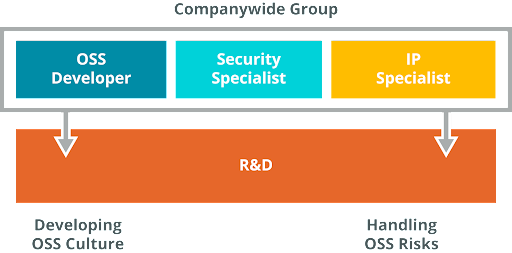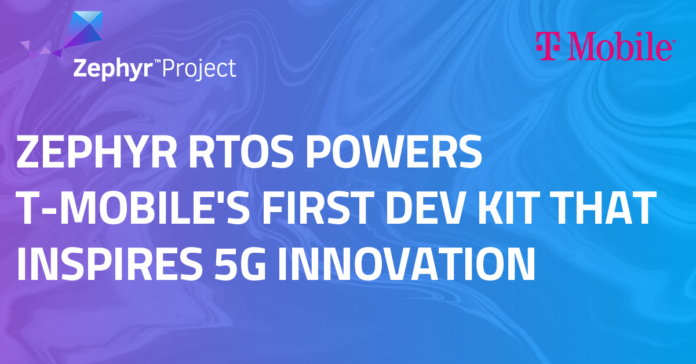SAN FRANCISCO, April 21, 2022 – The Open Mainframe Project, an open source initiative that enables collaboration across the mainframe community to develop shared tool sets and resources, today announced the launch of the Call for Proposals (CFPs) for the 3rd annual Open Mainframe Summit. The premier mainframe event of 2022, the Summit will take place in person on September 21-22 at Convene at Commerce Square in Philadelphia, PA.
“We are excited to host Open Mainframe Summit in person this year,” said John Mertic, Director of Program Management at the Linux Foundation. “The last two events were successful in that we enabled our messages to reach more users around the world. We hope to continue that momentum while also giving our community a safe place to engage and collaborate face-to-face.”
Open Mainframe Summit is open to students, developers, users and contributors of projects from around the globe looking to learn, network and collaborate. It will feature content tracks that tackle both business and technical strategies for enterprise development and deployment.
Submit a Proposal
The Call for Proposals is now open and will be accepting submissions until Friday, June 10, 2022. Interested speakers can submit proposals in 10 tracks with options for lightning talks, 30-minute sessions and panel discussions. Tracks include:
AI & Machine LearningFrom open source projects with a focus on AI, Machine Learning, and Data Analytics that currently run on Z to the AI accelerator on the recently announced IBM Telum processor, the mainframe will continue to be a key component of how organizations process their data. This track will look at projects, tools, and strategies currently used by organizations tackling these topics today.Building the Next WorkforceBuilding the next workforce in today’s evolving mainframe and post-COVID environment can be challenging. This track will provide strategies for helping onboard newcomers to the platform to learn from the veterans as well as detailed opportunities for the veterans to learn tooling from the newcomers that can now be leveraged for mainframe!BusinessCloud Native on the Mainframe + Hybrid CloudExplore the solutions for and benefits of integrating mainframe into your hybrid cloud environment. Topics range from incorporating mainframe into enterprise DevOps pipelines and enabling the use of popular distributed tooling such as VS Code to running containers directly on z/OS.Diversity + InclusionEducation + TrainingDiscover opportunities to add more tools to your tech toolkit! Whether you are just getting started with mainframe or you are an experienced veteran, there are programs to expand your skill set & to also share your knowledge with others.LanguagesThe mainframe supports a variety of programming languages, both on z/OS and Linux. This track will showcase some of the latest technical updates, usage statistics, and more from several of them.Linux on ZOpen Source Security on MainframeFrom security scans performed in the course of software development to security scans and audits that can be done within an organization to make sure all software is in compliance, this track will focus on what software vendors and open source software projects are doing to ensure that software being provided on the mainframe is secure.z/OS
Submit a proposal: https://events.linuxfoundation.org/open-mainframe-summit/program/cfp/.
Meet the Program Committee
A program committee, which includes maintainers, active community members and project leaders, will review and rate the proposals once all the submissions are in. This year, Open Mainframe Project welcomes Alan Clark, CTO Office and Director for Industry Initiatives, Emerging Standards and Open Source at SUSE, Donna Hudi, Chief Marketing Officer at Phoenix Software, Elizabeth K. Joseph, Developer Advocate at IBM and Michael Bauer, Staff Product Owner at Broadcom, Inc.
Whether a company is a member or contributor of Open Mainframe Project or is sponsoring the event has no impact on whether talks from their developers will be selected. However, being a community leader does have an impact, as program committee members will often rate talks from the creators or leaders of an open source project more highly. A key focus will be on work within Open Mainframe Project’s 21 hosted projects/working groups, or contributions that otherwise add value to the ecosystem.
Early Bird pricing of $500 for general admission or $40 for academic attendees will end July 8. Click here to register.
Sponsor Now
Open Mainframe Summit is made possible with support from sponsors, especially our first Gold Sponsor Vicom Infinity, a Converge Company. To become a sponsor, click here.
For more details about Open Mainframe or to watch the videos for Open Mainframe Summit 2021, check out the Open Mainframe Project 2021 Annual Report.
For more about Open Mainframe Project, visit https://www.openmainframeproject.org/.
About the Open Mainframe Project
The Open Mainframe Project is intended to serve as a focal point for deployment and use of Linux and Open Source in a mainframe computing environment. With a vision of Open Source on the Mainframe as the standard for enterprise class systems and applications, the project’s mission is to build community and adoption of Open Source on the mainframe by eliminating barriers to Open Source adoption on the mainframe, demonstrating value of the mainframe on technical and business levels, and strengthening collaboration points and resources for the community to thrive. Learn more about the project at https://www.openmainframeproject.org.
About The Linux Foundation
The Linux Foundation is the organization of choice for the world’s top developers and companies to build ecosystems that accelerate open technology development and commercial adoption. Together with the worldwide open source community, it is solving the hardest technology problems by creating the largest shared technology investment in history. Founded in 2000, The Linux Foundation today provides tools, training and events to scale any open source project, which together deliver an economic impact not achievable by any one company. More information can be found at www.linuxfoundation.org.
The Linux Foundation has registered trademarks and uses trademarks. For a list of trademarks of The Linux Foundation, please see its trademark usage page: www.linuxfoundation.org/trademark-usage. Linux is a registered trademark of Linus Torvalds.
###
The post Open Mainframe Project Launches Call for Proposals for the 3rd Annual Open Mainframe Summit on September 21-22 in Philadelphia, PA appeared first on Linux Foundation.




